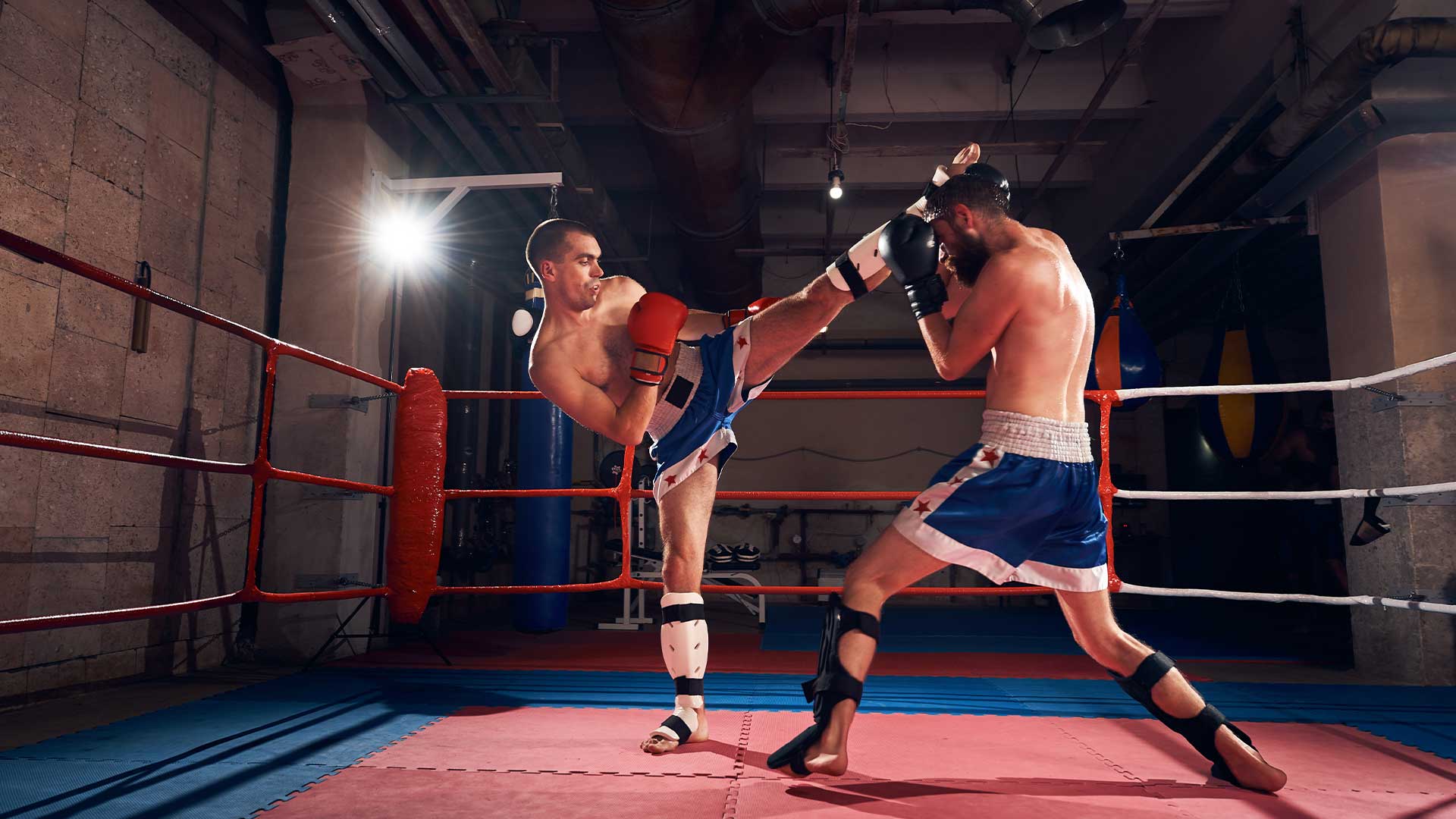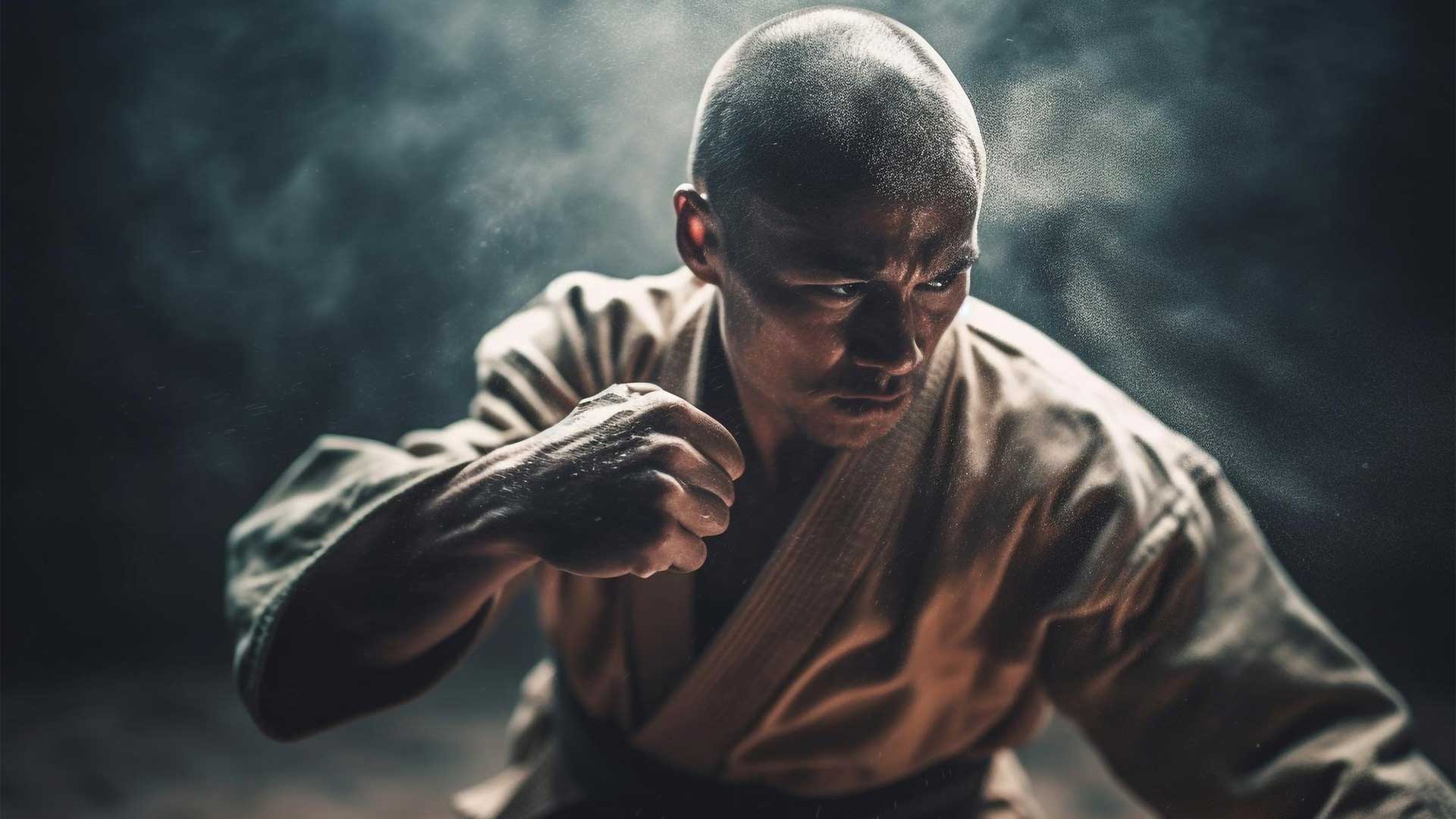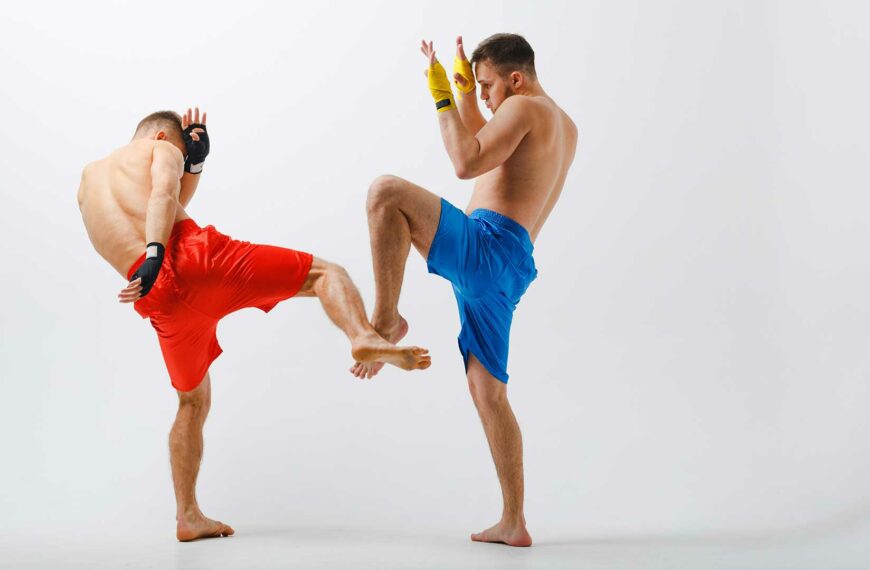In the dynamic and powerful world of Muay Thai, mastering the art of the counterattack or Muay Thai counters, is as crucial as throwing a potent strike. Whether you’re a seasoned nak muay or just stepping into the realm of this ancient martial art, understanding and integrating counter techniques into your arsenal can elevate your game from competent to formidable. Today, we’re diving deep into five Muay Thai counters that are not just effective but absolutely essential for anyone aiming to make a significant impact in the ring. These techniques are the bread and butter of high-level practitioners and, if mastered, can set you apart in your Muay Thai journey. So, gear up as we explore these game-changing moves, complete with personal anecdotes, expert insights, and a passionate narrative that will leave you eager to step into the gym and try them out.
Learn About Muay Thai Counters
- Teep counter can be used against body kicks.
- Cross counter is effective against jabs.
- Parry and counter move can be employed against teeps.
- Elbow counter is a good response to overhand strikes.
- Clinch counters are useful against knee strikes.
1. Teep Counter to the Body Kick
The teep, often likened to a jab in boxing, is Muay Thai’s version of the front kick and serves as a fundamental tool for managing distance and disrupting an opponent’s rhythm. However, when you’re on the receiving end of a body kick, the teep can transform into a formidable counter, capable of not only stopping your opponent in their tracks but also setting them up for a follow-up strike.
Personal Insight: During my early days in training, I found myself frequently overwhelmed by aggressive kickers. It wasn’t until my kru demonstrated the teep counter that I realized its potential. By timing the teep just as my opponent launched their body kick, I could not only neutralize their attack but also create an opening for my own offensive. It was a game-changer.
Expert Insight: “The key to a successful teep counter,” says Kru Somchai, a veteran of over 200 fights, “lies in your timing and balance. You must read your opponent and execute with precision, ensuring you’re not off-balance, rendering the counter ineffective.”
For detailed techniques and drills on mastering the teep counter, visit our guide at /muay-thai-basic-moves/.
2. Cross Counter to the Jab
The jab is one of the most common strikes in combat sports, and Muay Thai is no exception. A well-timed cross counter can exploit the opening created by an opponent’s jab, delivering a powerful blow that can shift the momentum of a fight.
Personal Insight: I remember sparring with a partner who had a relentless jab. Initially, I was on the defensive, but as I began to anticipate his jabs, I found opportunities to counter with a cross. The satisfaction of landing a solid cross counter, especially after being on the receiving end of multiple jabs, was incredibly rewarding.
Expert Insight: “The beauty of the cross counter lies in its simplicity and effectiveness,” notes Coach Maria, a renowned Muay Thai instructor. “However, it requires patience and the ability to read your opponent. Don’t rush it. Wait for the right moment to strike.”
Discover advanced strategies for the cross counter in our exclusive content at /tag/muay-thai-tips/.
3. Parry and Counter to the Teep
Facing a teep can be frustrating, especially when your opponent uses it effectively to maintain distance. However, a well-executed parry and counter move can turn the tables, allowing you to close the distance and retaliate with precision.
Personal Insight: One of my most memorable fights involved an opponent with a formidable teep. Initially, I struggled to close the distance. However, once I started applying the parry and counter technique, the dynamic changed. This counter not only helped me neutralize his teep but also allowed me to engage more aggressively.
Expert Insight: “Parrying a teep requires not just physical but mental agility,” explains Kru Anuwat, a master of the art. “You must be quick to react and decisive in your counter. This move is as much about outsmarting your opponent as it is about outfighting them.”
Learn the nuances of this technique in our comprehensive guide at /muay-thai-training-equipment/ for the recommended gear to practice safely.
4. Elbow Counter to the Overhand
The elbow is one of Muay Thai’s most lethal weapons, capable of inflicting serious damage up close. When an opponent throws an overhand punch, an elbow counter can be a devastating response, often catching them off-guard and vulnerable.
Personal Insight: I’ll never forget the first time I successfully executed an elbow counter in a sparring session. My opponent, known for his powerful overhand, was surprised when I stepped in and delivered a sharp elbow as he launched his punch. It was a clear reminder of the effectiveness of this counter, especially in close-quarter combat.
Expert Insight: “When executing an elbow counter,” advises Kru Nitin, a former champion, “your timing and angle are critical. You must be close enough to land the elbow but also quick to avoid their punch. It’s a risky move but incredibly rewarding when done right.”
For elbow technique drills and safety tips, check out our article at /muay-thai-injuries/ to prevent common training mishaps.
5. Clinch Counter to the Knee
The clinch is a unique aspect of Muay Thai, where fighters engage in a battle of strength, technique, and will. A savvy counter in the clinch, particularly against a knee strike, can turn a defensive position into an offensive opportunity, showcasing the depth and complexity of this martial art.
Personal Insight: Clinching was never my strong suit until I learned the importance of counters within this close-range battle. A memorable moment was turning a defensive clinch into an offensive advantage by countering my partner’s knee with a well-placed knee of my own. It was a profound lesson in the power of counters.
Expert Insight: “In the clinch, your awareness and control are everything,” says Coach Liam, a clinch warfare specialist. “A counter to a knee strike not only requires physical dexterity but also an intimate understanding of your opponent’s intentions.”
Explore advanced clinch techniques and counters at /how-do-you-master-muay-thai/ for an in-depth look at mastering this critical aspect of Muay Thai.
Conclusion:
Muay Thai is more than just a sport; it’s a chess match where strategy, skill, and spirit converge. The counters we’ve explored today are testament to the art’s depth and the endless possibilities within the ring. Whether you’re a novice or an experienced fighter, integrating these counters into your repertoire can dramatically enhance your effectiveness and understanding of Muay Thai. Remember, mastery comes not from the quantity of techniques you know but from the depth of your understanding and application. So, step into your next training session with these counters in mind, and watch as your Muay Thai journey takes on a new dimension of skill and sophistication.
Questions and Answers
Who can benefit from learning counter techniques in Muay Thai?
Fighters of all levels can improve defense and strategy.
What are some common counter techniques in Muay Thai?
Elbow strikes, clinching, and teep kicks are popular.
How can one effectively practice counter techniques?
By drilling with a partner and sparring regularly.
What if I struggle to execute counter techniques in real fights?
Consistent training and guidance from a coach can help.
Who should I consult to improve my knowledge of counter techniques?
Experienced Muay Thai trainers and fighters are ideal resources.
What gear is essential for training counter techniques?
Hand wraps, gloves, shin guards, and mouthguards are crucial.









![[aggregator] downloaded image for imported item #10307](https://muaythai.today/wp-content/uploads/2025/12/8b_f_11boTZcIkqnuQ23ANESaiMOud6xBdgfn7xVckA.jpg)